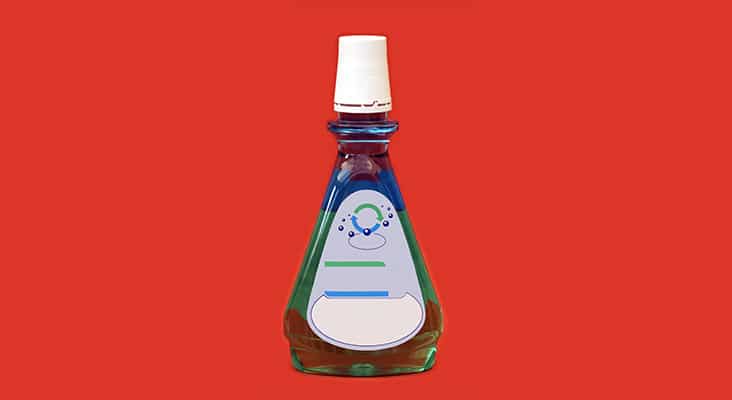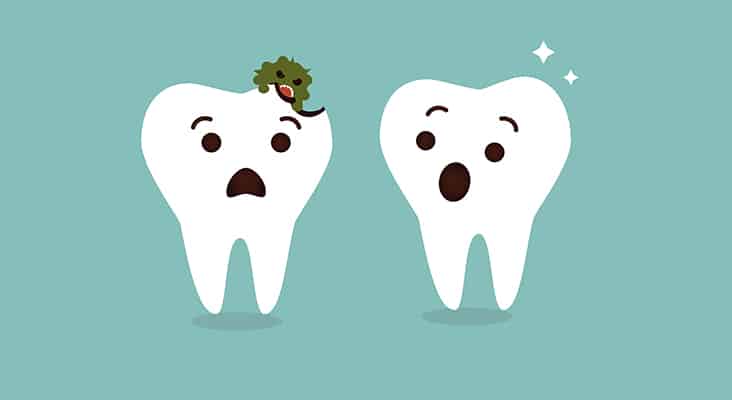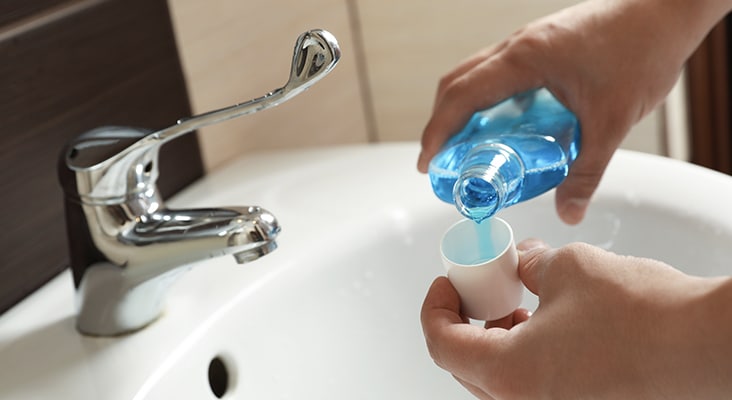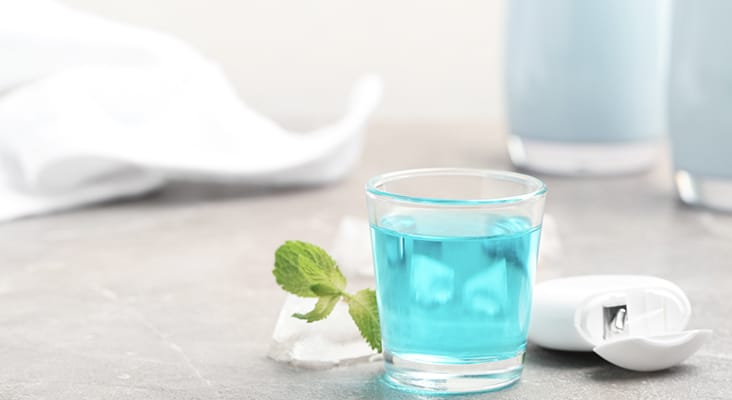Caries Prevention With Fluoride Mouthrinse
In spite of dentistry’s evidence-based recommendations and outreach efforts, many young patients frequently and persistently develop interproximal and other smooth surface caries lesions.

In spite of dentistry’s evidence-based recommendations and outreach efforts, many young patients frequently and persistently develop interproximal and other smooth surface caries lesions. When considering the various elements of a preventive program, the fundamentals—such as diet, oral hygiene, and fluoride use—must always be addressed with patients and caregivers. Documentation of each patient’s self-care plan for caries prevention should include a careful look at all aspects of prevention. Additionally, regular, ongoing updates to the patient’s reported self-care practices should be noted in the health record. The more specific the interaction is with patients regarding their overall self-care plans, the more patients will recognize the importance of caries prevention—not only to oral health maintenance, but also to overall health maintenance. Patients and caregivers also need to understand their roles in the prevention plan, as well as the roles of the dental care team. A discussion of diet and proper hygiene is essential, as these aspects of prevention remain in the hands of patients/caregivers themselves.
Photo Credit: flowersandclassicalmusic / iStock / Getty Images Plus

Decay Prevention
Fluoride mouthrinses are valuable adjuncts for the prevention of decay in children age 6 and older. The American Dental Association does not recommend the use of fluoride mouthrinses among children younger than 6. These patients are likely to swallow the liquid, which may cause nausea and vomiting. For those old enough to avoid swallowing a mouthrinse, however, fluoride rinses can be a valuable asset for at-home caries management. Fluoride mouthrinses create a relatively long-lasting fluoride reservoir in saliva. As such, when fluoride is swished around the mouth once or twice daily, it coats the teeth in a somewhat substantive fashion. The small concentration of fluoride on the tooth surface continues to provide benefits to the smooth surfaces of teeth well after the rinsing is finished. This lingering benefit is greater than that provided by the biannual application of topical fluoride.
Photo Credit: CarlaNichiata / iStock / Getty Images Plus

Fun Factor
Using a mouthrinse is typically fun for pediatric dental patients and is quickly habit forming. The physical removal force of the rinsing action itself can dislodge food particles left behind after brushing, and may—by similar means—assist in plaque reduction. This makes the swishing and rinsing action, as well as the fluoride agent, particularly useful for patients who have trouble brushing or with circumstances that make brushing more challenging. Patients undergoing orthodontic treatment often experience difficulty in maintaining adequate oral hygiene. Fluoride mouthrinses can greatly benefit patients struggling to avert the potential damage of caries lesions forming around bands, brackets, and other appliances.
Photo Credit: belchonock / iStock / Getty Images Plus

Evidence Base
Several studies have shown the incremental benefit of fluoride mouthrinse use over professionally applied fluoride, fluoride toothpaste, and water fluoridation.1 For patients at higher-than-average risk of dental caries, fluoride mouthrinse can provide the additional benefit needed to prevent refractory interproximal caries lesions that seem to otherwise appear at each recare visit.
Photo Credit: bagi1998 / iStock / Getty Images Plus

Orthodontic Patients
For patients with orthodontic appliances, the risk of white spot lesions near or around brackets and bands is high, particularly when oral hygiene is poor. Benson et al conducted a Cochrane review of fluoride products in the prevention of white spot lesions during fixed brace treatment. They considered toothpastes, mouthrinses, gels, and varnishes, as well as fluoride-releasing composite resins and other materials used for bonding or banding. They found some evidence that a daily fluoride mouthrinse or a fluoride-containing cement will reduce tooth decay if used during treatment with fixed braces.
Photo Credit: MarianVejcik / iStock / Getty Images Plus

Types Available
Various forms of fluoride mouthrinse are available with different fluoride concentrations. The US Food and Drug Administration (FDA) fluoride monograph articulates the range of fluoride and other elements of fluoride use in OTC products. The options for fluoride rinse are enormous given the varieties of flavor, fluoride concentration, recommendation for daily use, and other user preferences. As the active ingredient is the same and all mouthrinses must stay within the range specified by the FDA monograph, user preference in terms of flavor, consistency, and “mouth feel” may help determine which product is best for individual patients.

